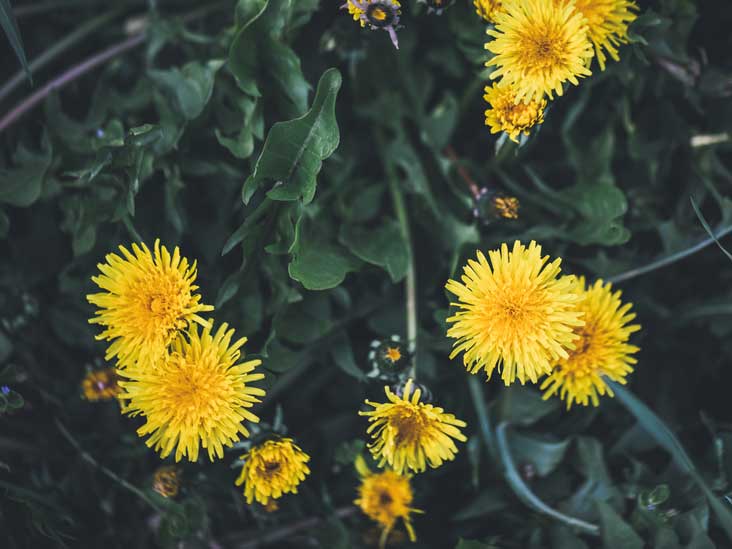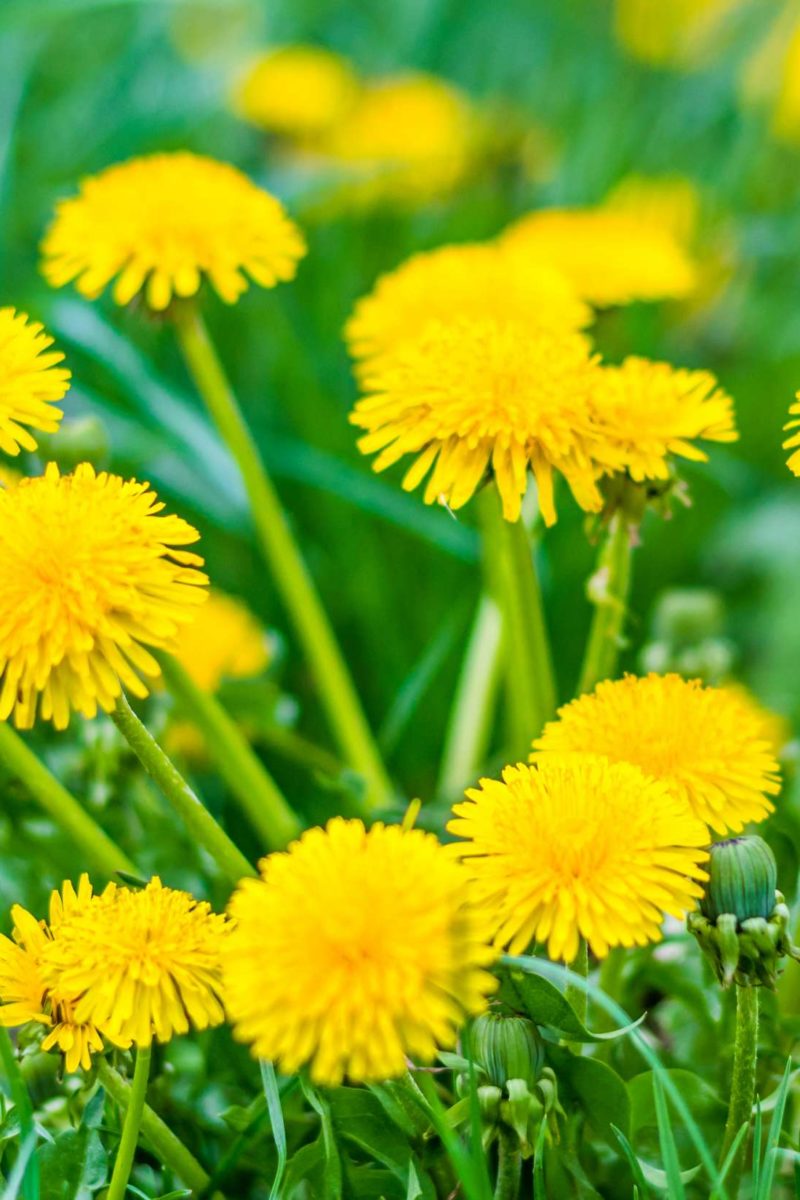July 2018
Ansley Hill
Dandelion are a family of flowering plants that grow in many parts of the world.
They’re also known as Taraxacum spp., though Taraxacum officinale is the most common species.
You may be most familiar with dandelion as a stubborn weed that never seems to leave your lawn or garden.
However, in traditional herbal medicine practices, dandelion are revered for their wide array of medicinal properties.
For centuries, they’ve been used to treat a myriad of physical ailments, including cancer, acne, liver disease and digestive disorders.
Here are 13 potential health benefits of dandelion, and what science has to say about them.
1. Highly Nutritious
Dandelion are a family of flowering plants that grow in many parts of the world.
They’re also known as Taraxacum spp., though Taraxacum officinale is the most common species.
You may be most familiar with dandelion as a stubborn weed that never seems to leave your lawn or garden.
However, in traditional herbal medicine practices, dandelion are revered for their wide array of medicinal properties.
For centuries, they’ve been used to treat a myriad of physical ailments, including cancer, acne, liver disease and digestive disorders.
Here are 13 potential health benefits of dandelion, and what science has to say about them.
2. Contain Potent Antioxidants
Dandelion are full of potent antioxidants, which may explain why this plant has such broad applications for health.
Antioxidants are molecules that help neutralize or prevent the negative effects of free radicals in your body.
Free radicals are a product of normal metabolism but can be very destructive. The presence of too many free radicals contributes to disease development and accelerated aging. Therefore, antioxidants are essential for keeping your body healthy.
Dandelion contain high levels of the antioxidant beta-carotene, which is known to provide strong protection against cellular damage and oxidative stress.
They’re also rich in another category of antioxidants called polyphenols, which are found in the highest concentration in the flower but are present in the roots, leaves and stems as well.










